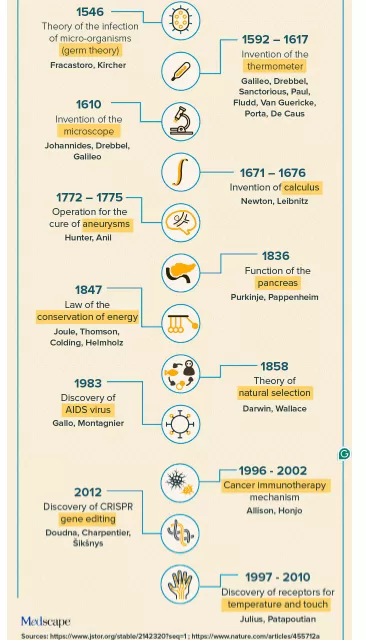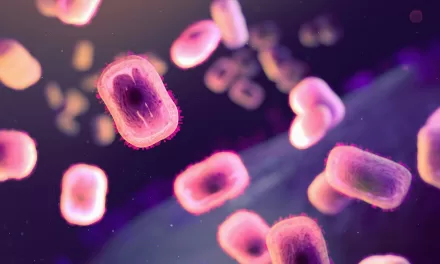This news article details the fascinating journey of scientific discovery that led to solving the mystery of narcolepsy. Here’s a breakdown of the key points:
The Players:
- Masashi Yanagisawa: A Japanese scientist who discovered orexin (hypocretin) while researching G-protein-coupled receptors.
- J. Gregor Sutcliffe: Led the team that discovered hypocretin at the Scripps Research Institute.
- Thomas Kilduff: Joined Sutcliffe’s lab and later worked on canine narcolepsy research.
- Richard Chemelli: Yanagisawa’s student who discovered the narcolepsy-like symptoms in orexin-knockout mice.
- Thomas Scammell: A Harvard neurologist who investigated the effects of modafinil on orexin neurons.
- William Dement: Pioneered sleep medicine and established a canine narcolepsy colony at Stanford.
- Emmanuel Mignot: A French pharmacologist who studied narcolepsy in dogs and later human brains.
- Jerome Siegel: A UCLA professor who investigated the cause of narcolepsy in human brains.
The Discoveries:
- 1996: Yanagisawa discovers orexin while studying G-protein-coupled receptors.
- 1998 (Early January): Sutcliffe’s team discovers hypocretin and its role in stimulating neurons.
- 1998 (February): Yanagisawa publishes his findings on orexin, unaware of the simultaneous discovery.
- 1998: Chemelli observes narcolepsy-like symptoms in orexin-knockout mice.
- Late 1990s: Mignot identifies a mutation in the hypocretin-2 receptor gene as the cause of narcolepsy in dogs.
- 1999 (August 6): Mignot’s paper on canine narcolepsy is published in Cell.
- 1999 (Two weeks later): Yanagisawa’s paper on orexin and narcolepsy is published in Cell.
- 2000: Siegel discovers a massive loss of hypocretin neurons in human narcoleptic brains.
- 2000 (Late August): Mignot and Siegel realize the overlap in their human narcolepsy research.
- 2000 (September): Mignot’s paper on the lack of hypocretin in human narcolepsy is published.
- 2018: Siegel’s team discovers significantly more hypocretin neurons in the brains of heroin addicts.
- 2022: Siegel’s team shows morphine alters hypocretin neuron pathways in mice and that removing these neurons eliminates opioid withdrawal symptoms.
The Impact:
- These discoveries led to a simple diagnostic test for narcolepsy by measuring hypocretin levels.
- The development of hypocretin replacement therapy is ongoing.
- Medications targeting the hypocretin system may offer new treatments for opioid addiction.
Interesting Points:
- The near-simultaneous discovery of orexin/hypocretin by two independent teams highlights the phenomenon of “multiple discovery” in science.
- Competition and collaboration played a role in the research process.
- The discovery of hypocretin’s link to pleasure-seeking behavior was unexpected.
- The potential application of hypocretin research in treating opioid addiction is a significant development.
Overall, this article showcases the dedication and collaboration of scientists in unraveling the mysteries of the brain and developing new treatments for complex disorders.











